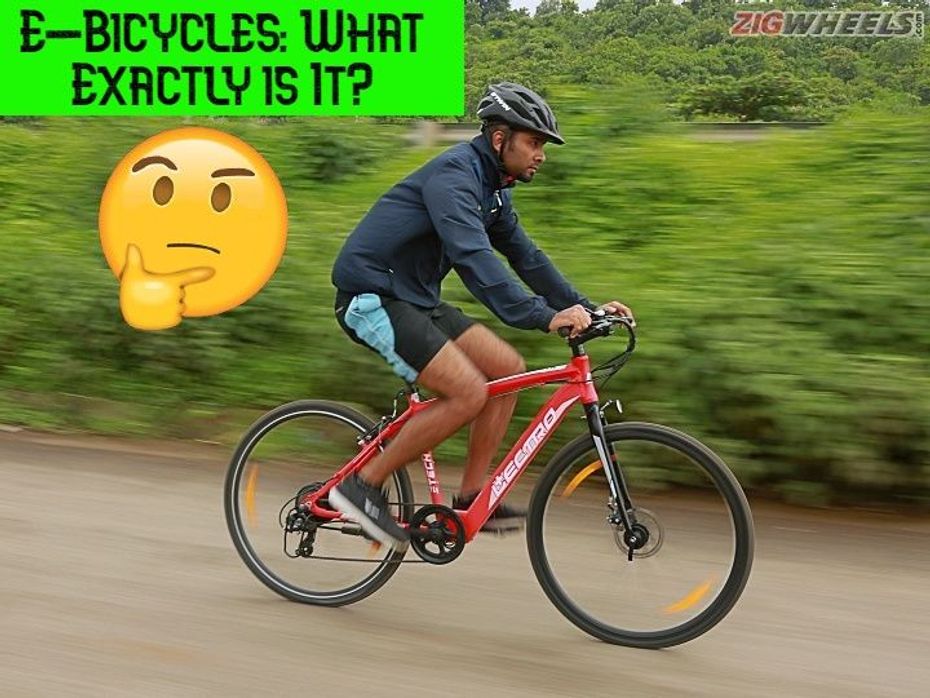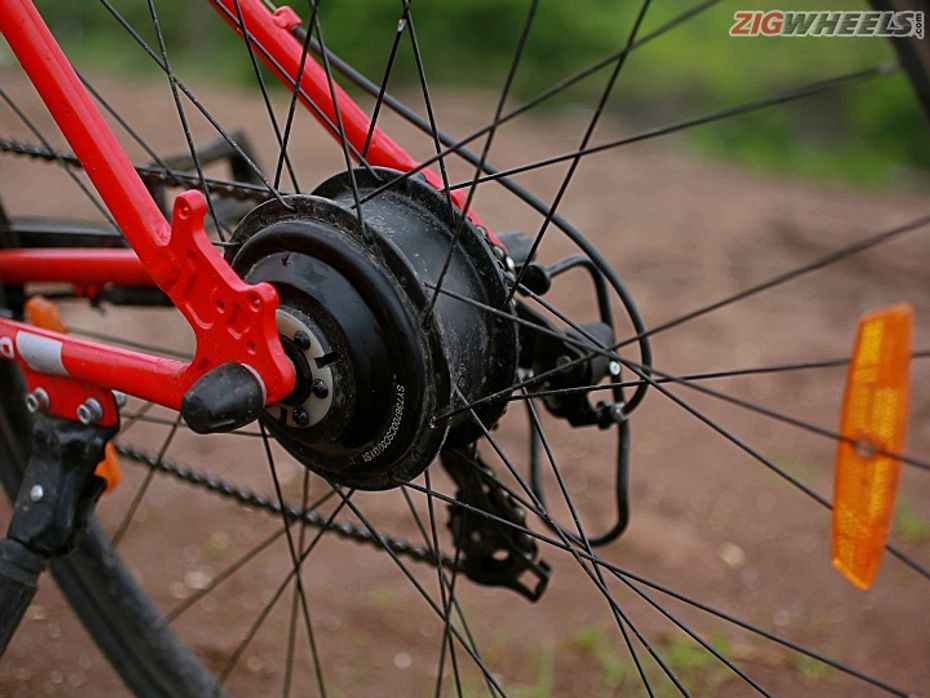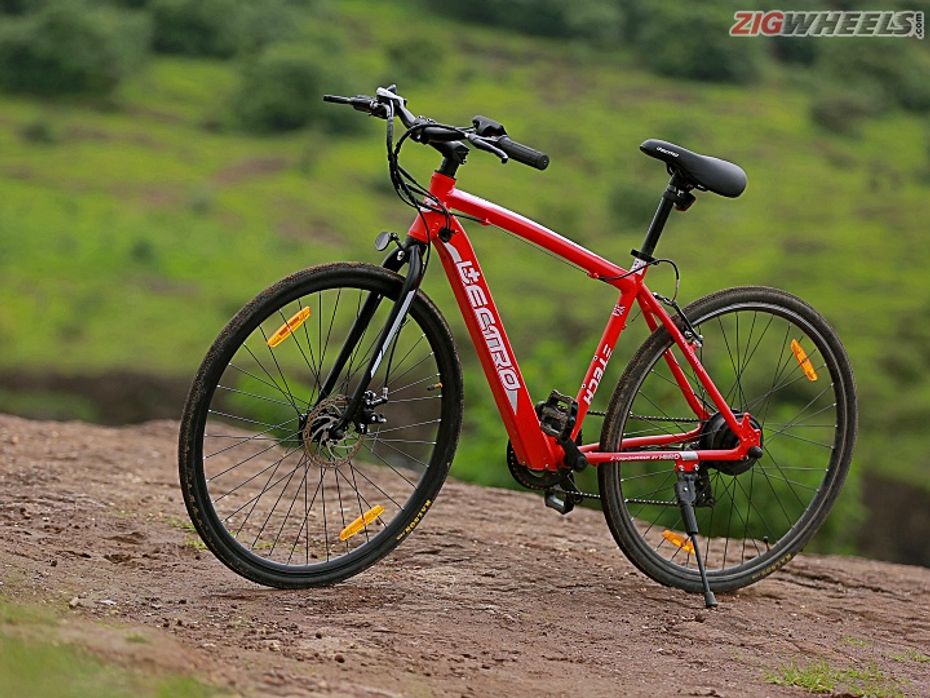
Niti Aayog’s New Battery Swap Policy Promises To Make EVs Cheaper
- Feb 28, 2022
- Views : 17731


Bicycles are one of the oldest forms of personal transportation. With the advent of technology, and increasing demand for eco-friendly modes of transportation, the humble bicycle has now become electrified. Lately, these e-bikes are rapidly gaining popularity as they’re practical, have minimal running costs, and give you the added benefit of fitness. Here, we delve deeper into what they’re all about:
Pedal power + electric grunt = Versatility

Most e-bicycles sold in India offer electric assistance to pedal power, and are also known as pedelecs. These e-bikes are generally equipped with a hub motor of around 250W. The e-bikes may also have front and/or rear derailleurs for extra performance. There are cadence sensors in the bicycle which measure the pedal’s rotational movements. The electric motor receives the signal from the sensor, and depending on the level of assistance, provides electric power. This in turn reduces physical effort while pedalling. Do note pedal assist still draws energy from the battery, albeit at a smaller rate compared to pure electric power.
Yes, certain electric bicycles also come with pure electric mode, propelling the bicycle without pedalling. In any case, both the pedal assist and pure electric mode usually work up to 25kmph. Speeds beyond this will have to be achieved purely by pedal power, assisted by derailleurs if present.
A perfect city runabout:

With the current level of technology, electric vehicles are largely limited by their batteries. Since most affordable EVs generally offer lesser range than their petrol-powered counterparts, it makes perfect sense for them to be used within city limits. Electric bicycles or e-bikes have perfected this ‘limitation’ and have become the ideal mode of personal transportation in the urban jungle.
They are much lighter than full-fledged electric two-wheelers and take lesser parking space too. More importantly, you do not need a licence to ride one. The batteries in electric bicycles are generally light and some of them are even detachable, making them easy to charge as per the user’s convenience.
E-bikes are the future:

the automobile community
Electric bicycles are fast gaining popularity due to their inherent versatility and ease of use. According to the investor presentation by Pierer Mobility AG, (KTM’s parent company), the market volume of e-bikes was 4.5 million units in 2021, and is expected to reach the six million mark by 2025. And to cater to such demand, it already offers e-bikes from its sub brands GasGas, Husqvarna, Felt Bicycles, and R Raymon Bikes.
American bikemaker Harley-Davidson is also pretty serious about the potential of this segment and is currently offering a range of e-bikes under the sub brand ‘Serial 1 E-Bicycles’. Even TVS is looking to grab a share of this fast-growing market as it recently acquired the Swiss E-Mobility Group AG, a European electric bicycle company.
The only flip side is that they do not offer as much practicality as low-speed electric scooters with on-par pricing. They may also not be all that ideal for riding in hotter environments without wearing appropriate gear. But despite these shortcomings, e-bikes are one of the best solutions to the need for affordable transportation.

Niti Aayog’s New Battery Swap Policy Promises To Make EVs Cheaper

EV Simplified: Things That Affect Battery Life In EVs

Hero MotoCorp Preps EV Infra Ahead Of E-scooter Launch

What Was Tork Up To Between 2016 And 2022?
 SVITCH BIKE XE+
SVITCH BIKE XE+
India's largest automotive community
 Hero Lectro Muv-E
Rs. 61,999
Hero Lectro Muv-E
Rs. 61,999
 Hero Lectro H5
Rs. 28,999
Hero Lectro H5
Rs. 28,999
 Hero Lectro H3
Rs. 27,999
Hero Lectro H3
Rs. 27,999
 Hero Lectro C5X
Rs. 41,999
Hero Lectro C5X
Rs. 41,999
 Hero Lectro WINN-X
Rs. 49,999
Hero Lectro WINN-X
Rs. 49,999